White Oak Initiative
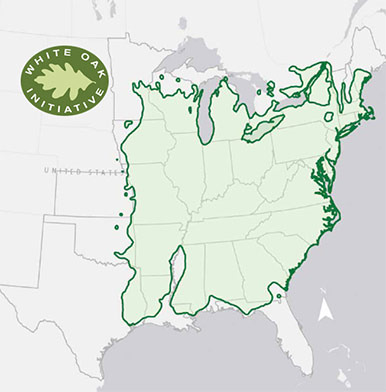 White oak is a dominant tree species across the Central, Northern and Appalachian hardwood regions. Its range spans more than 20 states, covering much of the eastern United States. Not only is it important ecologically and economically, white oak is critical to many wildlife and pollinator species and a foundation for many upland hardwood forests. Sustaining significant white oak resources is vitally important to a variety of environmental and social values, including the long-term survival and growth of important economic sectors responsible for contributing to local economies throughout the white oak region.
White oak is a dominant tree species across the Central, Northern and Appalachian hardwood regions. Its range spans more than 20 states, covering much of the eastern United States. Not only is it important ecologically and economically, white oak is critical to many wildlife and pollinator species and a foundation for many upland hardwood forests. Sustaining significant white oak resources is vitally important to a variety of environmental and social values, including the long-term survival and growth of important economic sectors responsible for contributing to local economies throughout the white oak region.
The Problem. There are still plenty of healthy oak trees in our nation’s eastern woods, but they are not being replaced by a meaningful number of younger trees. Areas where these trees grow have been subjected to changes in land-use and forest management practices that have contributed to an increasing number of competing species establishing themselves in the understories of our
oak forests. These species are shading out oaks, preventing the regeneration needed to conserve our oak forests and our white oak resource. If current management trends continue, white oak populations will decline significantly in the coming decades. This means there is a sustainability problem looming for industries and wildlife species that rely on white oak and other upland oak species.
The Solution. The White Oak Initiative was formed in 2017 by a group of organizations that all rely on or care about white or upland oak for a variety of reasons. Their goals are to raise awareness of the looming predicament and to incorporate more stakeholders to address the challenge most effectively, thereby fostering long-term sustainability of upland oak forests. To accomplish this, the White Oak Initiative is addressing needs for research, technical and financial assistance, education, communication, policy, and locally customized on-the-ground implementation. The Initiative’s partners include universities, state and federal agencies, private landowners, conservation organizations, trade associations, businesses, and forest industries – all committed to the long-term sustainability of upland and white oak forests and their economic, social, and environmental benefits for centuries to come.
Available Federal Incentive Funding. The White Oak Initiative has identified 10 priority practices that support oak regeneration. By implementing one or more of these practices, you could receive contractual payments for regenerating, improving and maintaining the health of your woods.
GET STARTED WITH THE NATURAL RESOURCES CONSERVATION SERVICE
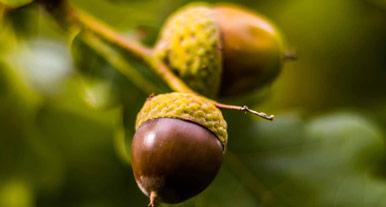
The plan represents a first-ever effort to frame forest-management activities across the entire range of eastern oak forests in a way that supports, improves, and accelerates the cumulative success and effectiveness of oak sustainability.
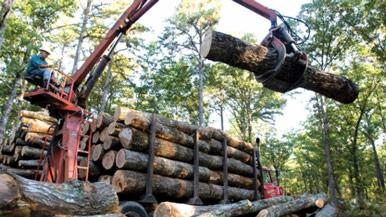
White oak is considered the most important hardwood tree species in the eastern United States, whether the focus is on wildlife, timber, or recreation.
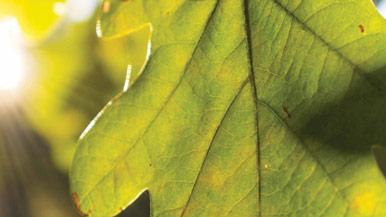
This guide will help you easily identify this cornerstone species of the eastern deciduous forest.
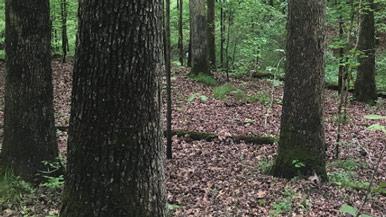
While large oak trees are common in upland oak forests, over the last several decades there has been a noticeable decline in the number of young oak seedlings and saplings.

Maintaining healthy oak forests often means ensuring that oaks continue to regenerate seedlings and saplings, and existing oaks have room to grow. These practices can be optimized to meet specific requirements for each species including white oak.